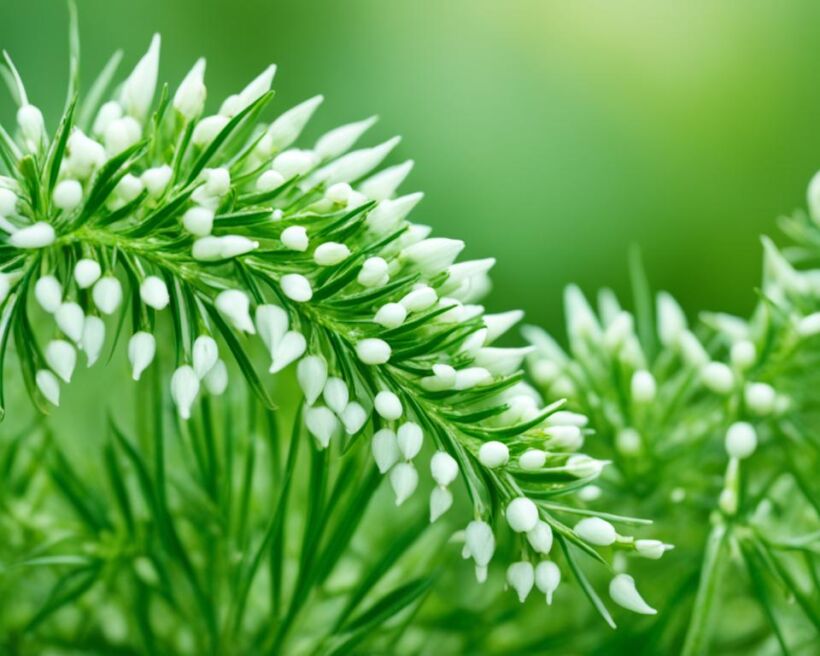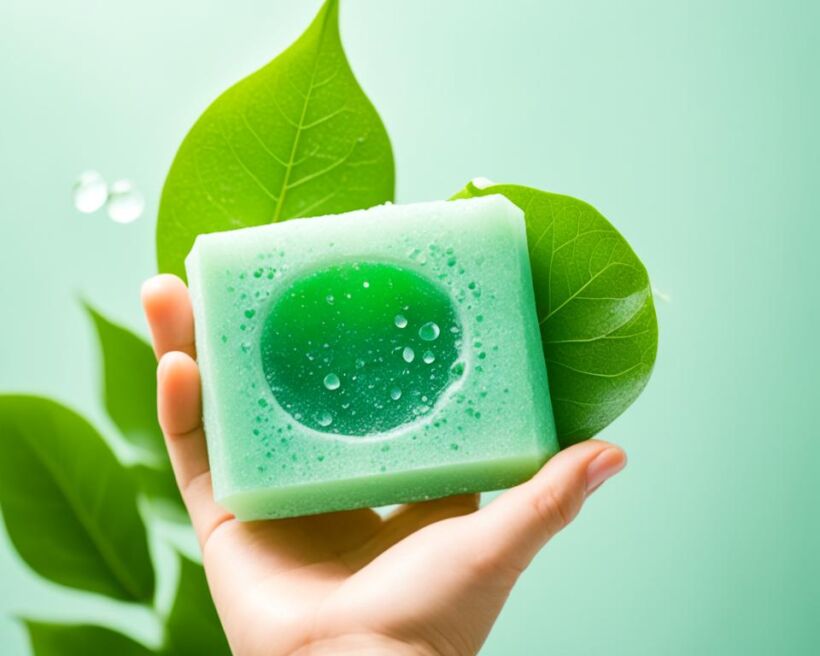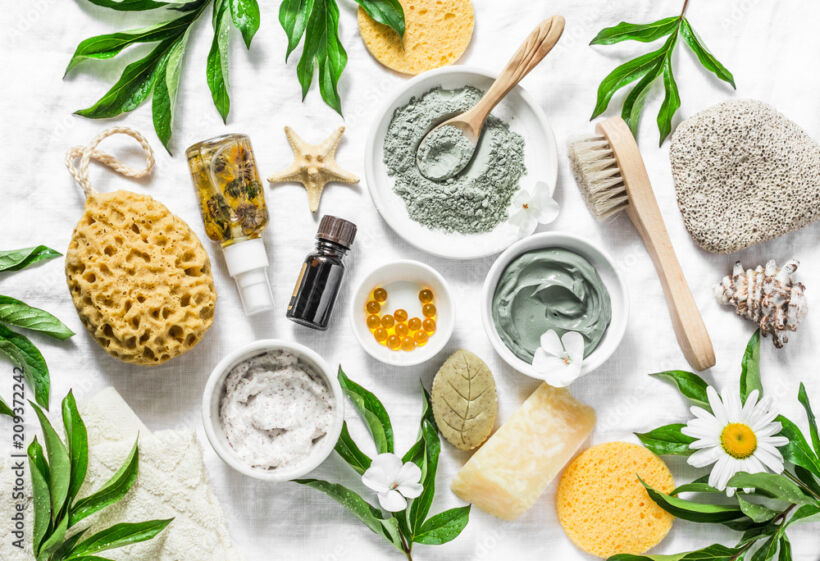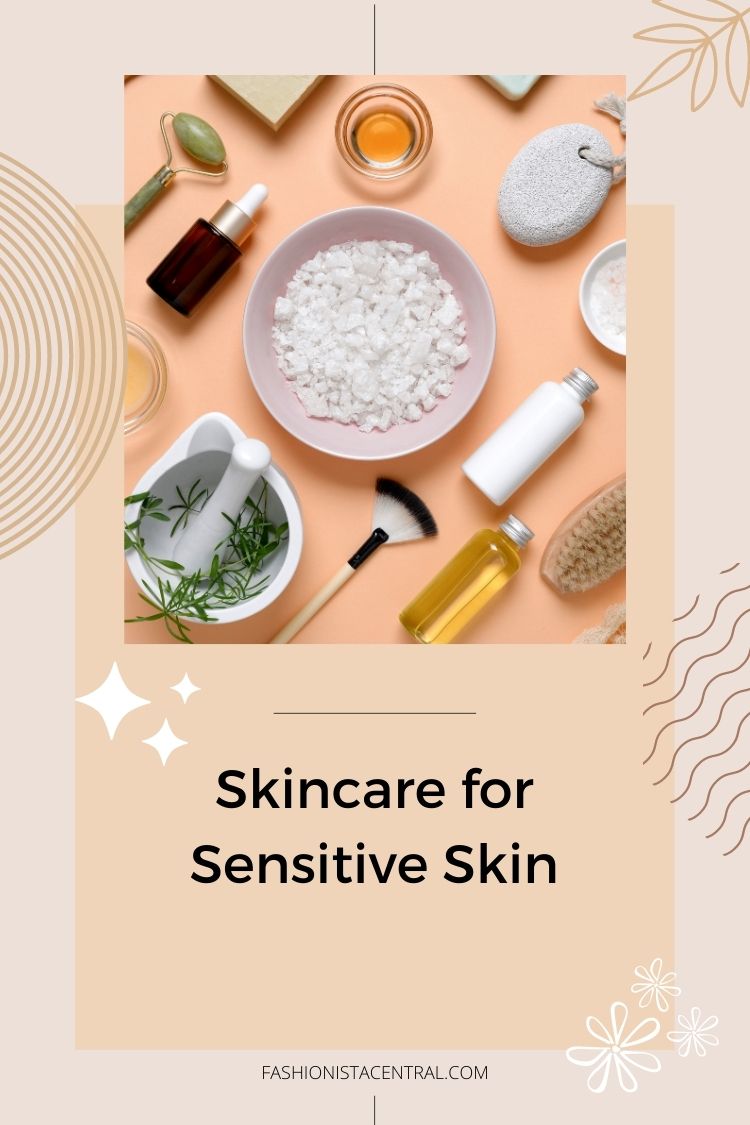Hey there, fellow skin enthusiasts! Are you tired of dealing with pesky fungal infections that just won’t go away? Well, you’ve come to the right place. In this section, we’re going to dive into some essential tips for preventing and treating fungal infections on the skin. Trust us, we’ve got you covered!
But before we get into the nitty-gritty details, let’s take a moment to understand what exactly we’re dealing with. It’s important to know the enemy in order to conquer it, right?
So, buckle up and get ready to learn some game-changing prevention and treatment tips that will help you maintain clear, healthy skin and reduce the risk of fungal infections. Say goodbye to those frustrating itchy patches and hello to radiant, infection-free skin. Let’s do this!
Understanding Skin Fungal Infections
Before diving into prevention and treatment tips, it’s important to understand what skin fungal infections are and how they can develop. This section will provide an overview of skin fungal infections, common causes, and risk factors.
Skin fungal infections, also known as dermatophytosis or tinea infections, are caused by various types of fungi that thrive in warm, moist environments. These infections can affect different areas of the body, including the skin, nails, and scalp. Fungal infections can be contagious and easily spread through direct contact or by sharing personal items such as towels or clothing.
Common Causes of Skin Fungal Infections
Fungal infections on the skin typically occur when there is an overgrowth of specific fungi, such as Trichophyton, Microsporum, or Epidermophyton. These fungi thrive in warm, damp conditions, making certain areas of the body more susceptible to infection. Common causes of skin fungal infections include:
- Prolonged exposure to damp environments, such as sweaty shoes or wet bathing suits
- Poor hygiene practices, including infrequent handwashing
- Weakened immune system
- Close contact with an infected person or animal
- Sharing personal items such as towels, clothing, or grooming tools
Risk Factors for Skin Fungal Infections
While anyone can develop a skin fungal infection, certain individuals may be at a higher risk. Factors that can increase the risk of skin fungal infections include:
- Excessive sweating
- Frequent use of public swimming pools, locker rooms, or shared fitness facilities
- Living in a humid climate
- Having a compromised immune system
- Wearing tight or non-breathable clothing
By understanding the causes and risk factors of skin fungal infections, you can take proactive steps to prevent their occurrence. The next section will provide valuable prevention tips to help you maintain healthy, fungus-free skin.
Prevention Tips for Skin Fungal Infections
Fungal infections can be uncomfortable and frustrating to deal with. However, by taking proactive measures, you can significantly reduce the risk of developing these infections on your skin. Here are some top tips for preventing skin fungal infections:
1. Maintain Good Hygiene
Keeping your skin clean is essential in preventing fungal infections. Regularly wash your body with a mild soap and warm water, paying special attention to areas prone to moisture accumulation, such as the armpits, groin, and feet.
2. Keep the Skin Clean and Dry
Fungi thrive in warm, moist environments. After showering or engaging in physical activities that cause sweating, make sure to thoroughly dry your skin, especially in areas where moisture tends to accumulate. Use a clean towel and avoid sharing towels with others.
3. Wear Breathable Fabrics
Certain fabrics can trap moisture against the skin, creating a conducive environment for fungal growth. Opt for breathable fabrics such as cotton or moisture-wicking materials that allow air circulation and help keep your skin dry.
4. Avoid Sharing Personal Items
Fungal infections can easily spread from person to person through shared personal items. Avoid sharing towels, clothing, shoes, and other items that come into direct contact with your skin.
5. Take Care of Your Nails
Fungal infections can affect your nails as well. Trim your nails regularly, keep them clean, and avoid biting or picking at them. If you have a fungal infection in your nails, consider using antifungal nail polish or seeking medical advice for appropriate treatment.
6. Use Antifungal Powder or Cream
If you are prone to fungal infections or sweat excessively, consider using antifungal powder or cream on areas where moisture tends to accumulate, such as the feet and groin. These products can help create a hostile environment for fungal growth.
7. Be Cautious in Public Areas
Fungal infections can spread in public areas such as gym locker rooms, swimming pools, and communal showers. Always wear protective footwear, such as flip-flops, in these environments.
8. Maintain a Healthy Lifestyle
Your overall health and immune system play a role in preventing fungal infections. Be sure to eat a balanced diet, exercise regularly, and get enough sleep to keep your immune system strong and your skin healthy.
9. Stay Informed and Seek Medical Advice
If you suspect a fungal infection or have recurring infections, it’s important to consult a healthcare professional for proper diagnosis and treatment. They can provide guidance tailored to your specific condition and recommend appropriate antifungal medications if necessary.
By following these top tips for preventing skin fungal infections, you can minimize the risk and maintain healthy, fungus-free skin. Remember, prevention is always better than treatment when it comes to fungal infections.
Natural Remedies for Skin Fungal Infections
If you’re looking for natural alternatives to treat fungal infections on the skin, you’ve come to the right place. Natural remedies can provide relief from symptoms and promote healing without the use of harsh chemicals or medications. Here are some effective home remedies and natural treatments to consider:
- Tea Tree Oil: Known for its antifungal properties, tea tree oil can help combat fungal infections. Dilute a few drops of tea tree oil with a carrier oil like coconut oil and apply it to the affected area using a cotton ball. Repeat this process two to three times a day until the infection clears up.
- Apple Cider Vinegar: The acidic nature of apple cider vinegar creates an inhospitable environment for fungi. Mix equal parts of apple cider vinegar and water, and apply it to the infected area with a cotton ball. Leave it on for 15 minutes before rinsing it off. Repeat this process twice a day for best results.
- Garlic: Garlic has natural antifungal properties that can help eliminate skin fungal infections. Crush a few garlic cloves and mix them with coconut oil to create a paste. Apply the paste to the affected area and leave it on for 30 minutes before rinsing it off. Repeat this process daily until the infection heals.
- Yogurt: The probiotics in yogurt can help restore the skin’s natural balance and fight off fungal infections. Apply plain, unsweetened yogurt directly to the infected area and leave it on for at least 30 minutes before rinsing it off. Repeat this process twice a day until the infection clears.
These are just a few examples of natural remedies that can be used to treat skin fungal infections. Remember to test any new treatment on a small area of the skin before applying it to larger areas to avoid any potential allergic reactions.
When to Seek Medical Attention
While natural remedies can be effective for mild fungal infections, it’s important to know when professional medical attention is necessary. If the infection persists, worsens, or spreads to other areas despite trying natural remedies, it’s best to consult a healthcare professional. They can provide a proper diagnosis and recommend appropriate treatment options to help you get rid of the infection.
Now that you have a better understanding of natural remedies for skin fungal infections, you can explore these alternatives to find relief and promote healing.

Antifungal Medications for Skin Infections
In some cases, when natural remedies and preventive measures aren’t enough, antifungal medications can be prescribed to effectively treat skin fungal infections. These medications are available in both over-the-counter and prescription forms, depending on the severity of the infection.
Antifungal medications work by targeting the fungal cells and inhibiting their growth. They can be applied topically as creams, ointments, sprays, or powders for external infections, or taken orally for internal or severe infections. It’s important to follow the instructions provided by your healthcare professional and complete the full course of treatment to ensure maximum effectiveness.
Here are some common types of antifungal medications used for treating skin infections:
- Azoles: These antifungal drugs work by interfering with the production of ergosterol, a crucial component of fungal cell membranes. They are available in topical and oral forms and are effective against a wide range of fungi. Examples include clotrimazole, miconazole, ketoconazole, and fluconazole.
- Polyenes: This class of antifungal medications targets the fungal cell membranes by binding to ergosterol, causing damage and eventually killing the fungus. Nystatin and amphotericin B are commonly used polyene antifungals.
- Allylamines: Antifungal drugs such as terbinafine and naftifine belong to this class. Allylamines work by inhibiting an enzyme called squalene epoxidase, which is essential for the production of ergosterol. By disrupting ergosterol synthesis, these medications effectively kill the fungi.
It’s important to note that the choice of antifungal medication depends on the type and severity of the skin infection. Your healthcare professional will determine the most appropriate treatment option based on several factors, including the location of the infection, the extent of the infection, and your medical history.
“Antifungal medications are a valuable tool in the treatment of skin fungal infections, offering targeted and effective relief. Working to eliminate the underlying fungal infection, these medications can help restore your skin’s health and prevent further complications.”
| Antifungal Medication | Type | Usage | Potential Side Effects |
|---|---|---|---|
| Azoles | Topical or Oral | External and Internal Infections | Skin irritation, allergic reactions, nausea, headache |
| Polyenes | Topical or Oral | External and Internal Infections | Skin irritation, burning sensation, gastrointestinal upset |
| Allylamines | Topical or Oral | External Infections | Skin irritation, burning sensation, rash |
Maintaining Healthy Skin to Prevent Recurrence
After successfully treating a skin fungal infection, it’s crucial to take necessary measures to prevent its recurrence. By implementing these tips, you can maintain healthy skin and minimize the chances of future infections.
1. Practice Good Hygiene
Maintaining proper hygiene is essential in preventing skin fungal infections. Remember to:
- Cleanse your skin regularly with a gentle, pH-balanced cleanser.
- Avoid harsh soaps or cleansers that can strip the skin of its natural oils.
- Pat your skin dry after showering or bathing, ensuring no moisture remains.
2. Keep Your Skin Clean and Dry
Moisture creates an ideal environment for fungal growth. To keep your skin dry:
- Avoid prolonged exposure to damp or humid conditions.
- Change out of wet clothes or bathing suits promptly.
- Use a talcum powder or antifungal powder to absorb excess moisture.
3. Wear Breathable Fabrics
Opt for breathable fabrics, such as cotton or linen, that allow air circulation and help prevent excessive sweating.
Choose lightweight and loose-fitting clothing to minimize friction that can irritate the skin and create a favorable environment for fungal infections.
4. Avoid Sharing Personal Items
Sharing personal items, such as towels, clothing, or footwear, increases the risk of spreading fungal infections:
- Use separate towels for yourself and family members.
- Avoid sharing personal care items, such as razors or brushes.
- Regularly clean and disinfect shared items to prevent fungi from thriving.
5. Protect Your Feet in Public Areas
Fungal infections are commonly found in public areas, such as swimming pools or gym showers. To protect your feet:
- Wear flip-flops or water shoes in public showers, locker rooms, and pool areas.
- Ensure your feet are dry before putting on socks or shoes.
- Choose shoes that provide adequate ventilation and moisture-wicking properties.

By following these preventive tips, you can significantly reduce the risk of skin fungal infections and maintain healthy, clear skin. Remember to prioritize good hygiene, keep your skin dry, wear breathable fabrics, avoid sharing personal items, and protect your feet in public areas.
When to Seek Medical Attention
While treating fungal infections naturally and utilizing skin fungal infections treatments at home can be effective for mild cases, it’s essential to know when it’s best to seek medical attention. Consulting a healthcare professional is crucial for proper diagnosis and treatment, especially in the following situations:
- Severe Symptoms: If your skin fungal infection symptoms are severe, such as intense itching, pain, inflammation, or the presence of pus, it’s essential to see a doctor. These signs may indicate a more severe infection that requires medical intervention.
- Recurring Infections: If you have a history of recurring fungal infections or if the infection keeps coming back despite using various treatment methods, it’s advisable to consult a healthcare professional. They can help identify the underlying cause and provide targeted treatment to prevent future recurrences.
- No Improvement: If you’ve been treating your skin fungal infection at home for an extended period, but there’s no improvement or the condition worsens, it’s time to seek medical attention. A healthcare professional can assess your situation and recommend appropriate treatment options.
- Immunocompromised Individuals: If you have a weakened immune system due to certain medical conditions, such as HIV/AIDS, diabetes, or cancer, it’s crucial to consult a healthcare professional promptly. Fungal infections can pose significant risks and complications in immunocompromised individuals, requiring specialized treatment.
Remember, medical attention is necessary when home remedies and over-the-counter treatments are insufficient or when dealing with severe, recurring, or worsening symptoms. Don’t hesitate to reach out to a healthcare professional for expert advice and guidance.
| Situation | Action |
|---|---|
| Severe Symptoms | Consult a healthcare professional immediately. |
| Recurring Infections | Seek medical attention to identify the underlying cause and receive targeted treatment. |
| No Improvement | Visit a healthcare professional if there’s no improvement or if the condition worsens. |
| Immunocompromised Individuals | Seek prompt medical attention due to the increased risks and complications. |
It’s crucial to prioritize your health and well-being when dealing with fungal infections. Consult a healthcare professional whenever necessary to ensure the most effective treatment and prevent potential complications.

Managing Fungal Infections in Specific Areas of the Body
Different areas of the body are more susceptible to fungal infections, and each requires a unique approach when it comes to prevention and treatment. Below are specific tips to help you manage fungal infections in common infection-prone areas such as the feet, groin, and nails:
1. Feet
- Keep your feet clean and dry, especially between the toes.
- Avoid walking barefoot in public areas like locker rooms or pool decks.
- Choose breathable footwear and change your socks regularly.
- Use antifungal powders or sprays in your shoes to reduce moisture.
- Consider wearing open-toed shoes or sandals to allow air circulation.
2. Groin
- Wash the groin area daily with mild soap and warm water.
- Dry the area thoroughly after washing, using a clean towel.
- Avoid tight-fitting clothing and opt for breathable fabrics.
- Change your underwear daily to maintain cleanliness.
- Apply antifungal creams or powders as directed by your healthcare professional.
3. Nails
- Trim your nails regularly, keeping them short and clean.
- Avoid picking or biting your nails, which can lead to infections.
- Wear well-fitting shoes that provide enough room for your toes.
- Avoid sharing nail clippers or files with others to prevent the spread of infection.
- If you suspect a fungal nail infection, consult a healthcare professional for proper diagnosis and treatment.
You can implement these tips to prevent fungal infections in these specific areas. However, if you experience persistent or severe symptoms, it’s important to seek medical advice for proper diagnosis and treatment.
Conclusion
In conclusion, implementing the tips and strategies mentioned in this article can effectively prevent and treat fungal infections on the skin. By maintaining good hygiene practices, such as regular handwashing and proper cleaning of affected areas, you can reduce the risk of fungal infections. It is also important to seek appropriate medical attention when needed, especially for severe or recurring infections.
Additionally, taking steps to maintain overall skin health is crucial in minimizing the chances of future infections. This includes keeping the skin clean and dry, wearing breathable fabrics, and avoiding sharing personal items that may harbor fungi. By prioritizing these practices, you can enjoy clear, healthy skin and reduce the risk of fungal infections in the long run.
Remember, while home remedies and over-the-counter treatments may be effective for mild fungal infections, it is always best to consult a healthcare professional for proper diagnosis and treatment. They can provide personalized advice and prescribe appropriate antifungal medications if necessary. By following their guidance, you can ensure a timely and thorough recovery.
Overall, with proper care and attention, you can successfully prevent and treat skin fungal infections. By staying proactive and informed, you can maintain healthy and resilient skin, free from the discomfort and inconvenience caused by fungal infections.







